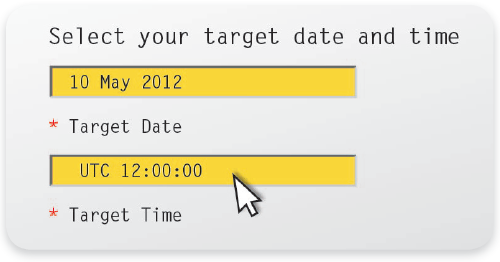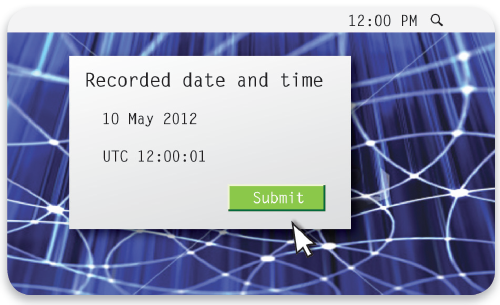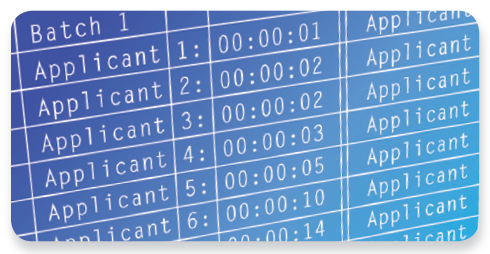23 June 2012: Digital Archery has been suspended. Please see http://newgtlds.icann.org/en/announcements-and-media/announcement-23jun12-en for more information.
How ICANN will process applications if many are received
Introduction
ICANN plans for rigorous evaluation of multiple criteria of all New gTLD applications received, a number which currently exceeds 1900. Because ICANN also is committed to measured delegation rates to monitor any impact on root zone operations, it designed the New gTLD Program so that approximately 500 applications will be evaluated at a time. This often is referred to as "batching."
To establish which applications will be processed in the first batch, the second batch and so on, ICANN will create a "secondary timestamp" for applications. The secondary timestamp process will require applicants to obtain a time-stamp through a designated process which will occur after the close of the application submission period.
Why this process?
Determining which process to use in dividing applicants into batches was a challenge. Some obvious solutions were considered but ultimately rejected because they had other negative impacts. For example, processing applications based on a first come, first serve basis might encourage speed (instead of quality) in submitting applications.
How does it work?
Each applicant will be notified to register into an online system and directed to select a target date and time.

Applicants will return to the online system on that day and try to hit "Generate" as close to their target time as possible. It's kind of like a game of digital archery. First you set the target and then you try to hit it with as much accuracy as you can.

These two times (i.e., the target time and recorded time) are compared, and the absolute difference between the two is an applicant's score in the secondary timestamp. This is the number that will be used to determine placement within a batch. In the example above, the target time is 12:00:00 and the actual time the target was hit is 12:00:01. That means the secondary timestamp is 00.00.01. Time variance numbers are absolute, which means that there are no negative numbers. An applicant who submitted the final entry 00:00:01 before the target time will have the same secondary timestamp as one who submitted 00:00:01 after the target time.

Ensuring Geographic Diversity
Geographic diversity is important in bringing more competition and choice into the domain name market. Applicants who opted in will be ranked within their geographic region (Africa, Asia-Pacific, Europe, Latin America/Caribbean and North America) by their secondary timestamp score. Then applications will be selected from each ICANN region using a "round robin" approach. This approach selects the best timestamp score from each region, one region at a time, on a rotating basis. If a region runs out of opted-in applications, the "round robin" continues across the remaining regions. This process continues until the batch is formed, with the opted-out applications last.
Opting Out
Some applicants don't care which batch their application is processed in. These applicants still must register in the online system to get a secondary time stamp, but when they do so, they indicate they are opting out. This means that their application will be placed in a batch after all the others are placed.
Multiple Applications for Similar Domain Name Extensions
To ensure stability and security of the domain name system, each domain name extension, or "string," must be unique. In the event that more than one organization applies for the same or similar top-level domain, all applications for that string will be placed into the earliest batch possible, based on secondary time stamps of all applicants for that string.
Benefits of Batching
The batching process is complex and unique, just like ICANN and the global Internet community. The batch size was set at approximately 500 applications to maintain a consistent, efficient, and effective evaluation process over the 5-month Initial Evaluation period.
Additional Batching Information
ICANN has posted several additional resources to inform applicants about the batching process. These include a: set of frequently asked questions (FAQs), video demonstration, user guide, batching details and rules, and a batching basics fact sheet, which all can be found on the Batching information webpage at http://newgtlds.icann.org/en/applicants/tas/batching/.
